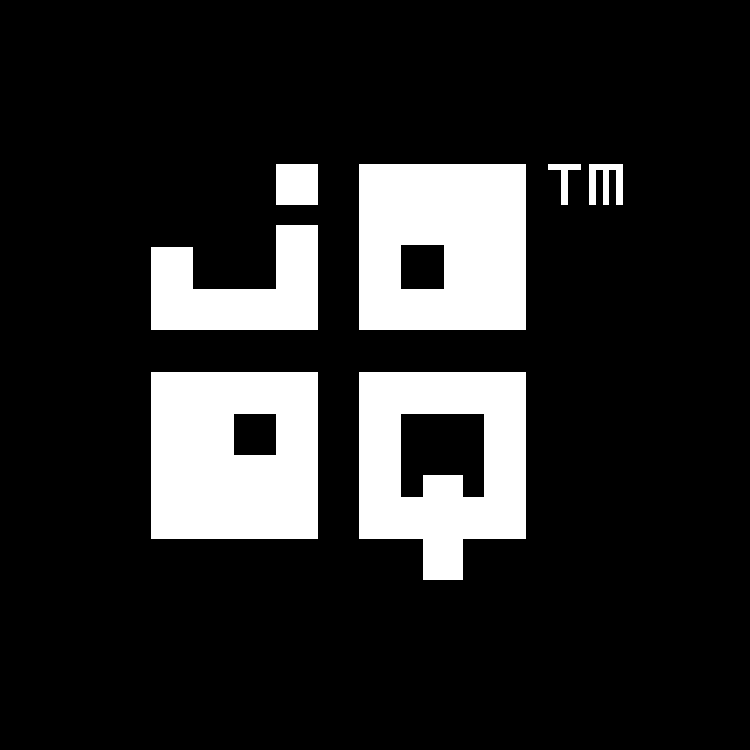Available in versions: Dev (3.21) | Latest (3.20) | 3.19 | 3.18 | 3.17 | 3.16 | 3.15 | 3.14 | 3.13 | 3.12 | 3.11
The TRUNCATE statement
Applies to ✅ Open Source Edition ✅ Express Edition ✅ Professional Edition ✅ Enterprise Edition
Even if the TRUNCATE statement mainly modifies data, it is generally considered to be a DDL statement. It is popular in many databases when you want to bypass constraints for table truncation. Databases may behave differently, when a truncated table is referenced by other tables. For instance, they may fail if records from a truncated table are referenced, even with ON DELETE CASCADE clauses in place. Please, consider your database manual to learn more about its TRUNCATE implementation.
The TRUNCATE syntax is trivial:
create.truncate(AUTHOR).execute();
TRUNCATE is not supported by all dialects. jOOQ will execute a DELETE FROM AUTHOR statement instead, which is roughly equivalent.
Dialect support
This example using jOOQ:
truncate(AUTHOR)
Translates to the following dialect specific expressions:
Access, Firebird, SQLite, Teradata
DELETE FROM AUTHOR
ASE, Aurora MySQL, Aurora Postgres, BigQuery, ClickHouse, CockroachDB, Databricks, Derby, DuckDB, Exasol, H2, HSQLDB, Hana, Informix, MariaDB, MemSQL, MySQL, Oracle, Postgres, Redshift, SQLDataWarehouse, SQLServer, Snowflake, Sybase, Trino, Vertica, YugabyteDB
TRUNCATE TABLE AUTHOR
DB2
TRUNCATE TABLE AUTHOR IMMEDIATE
Generated with jOOQ 3.21. Support in older jOOQ versions may differ. Translate your own SQL on our website

Feedback
Do you have any feedback about this page? We'd love to hear it!